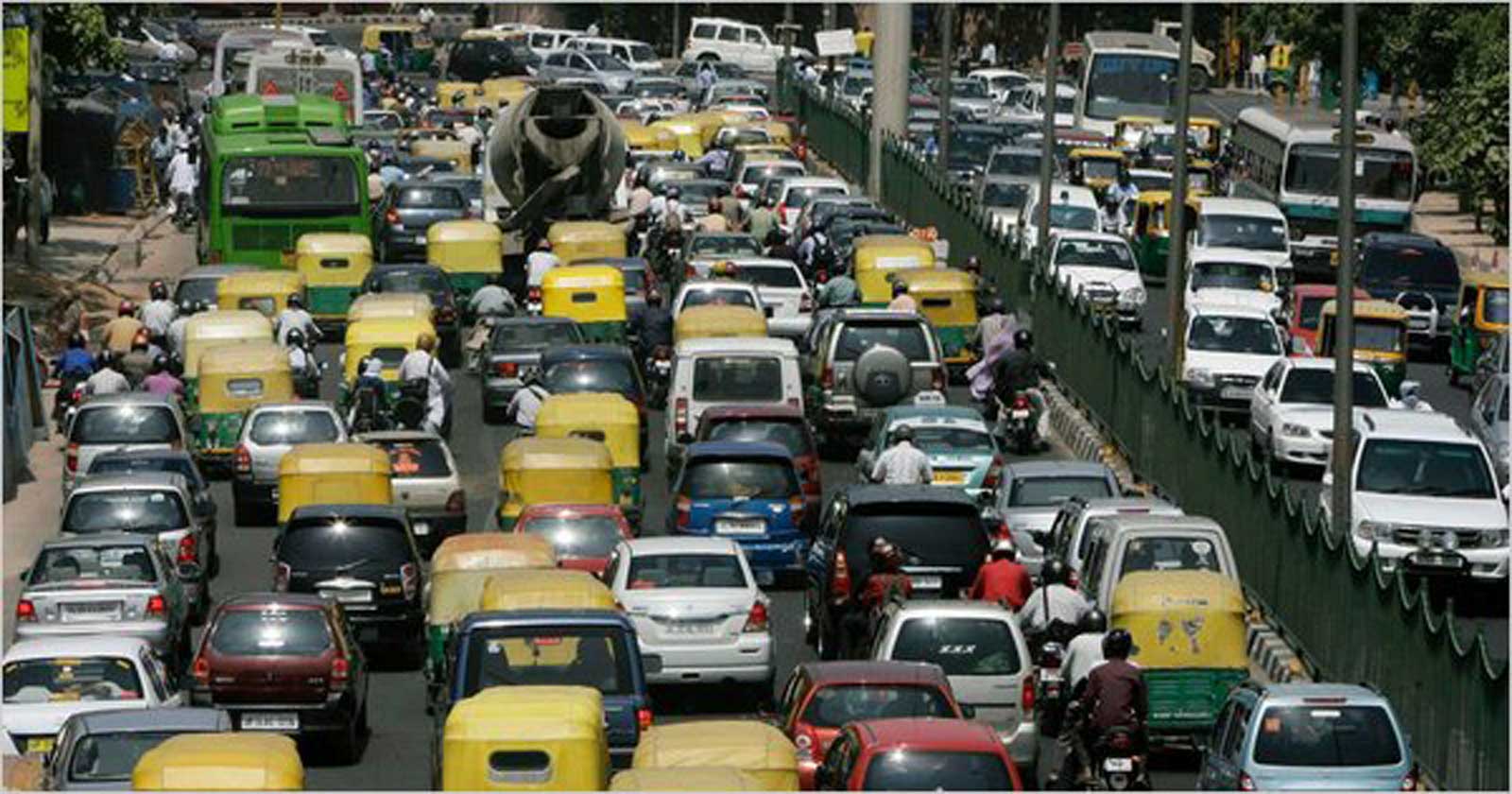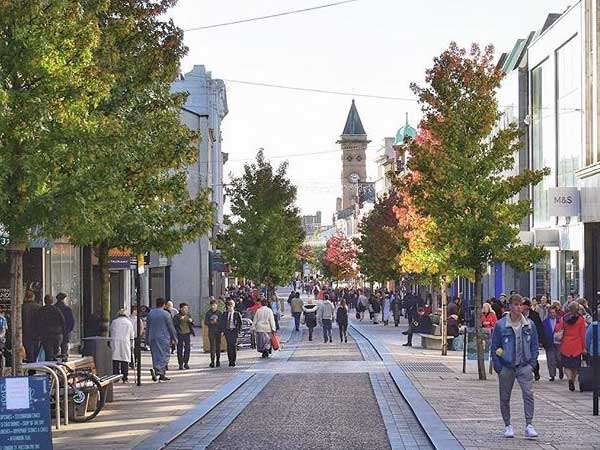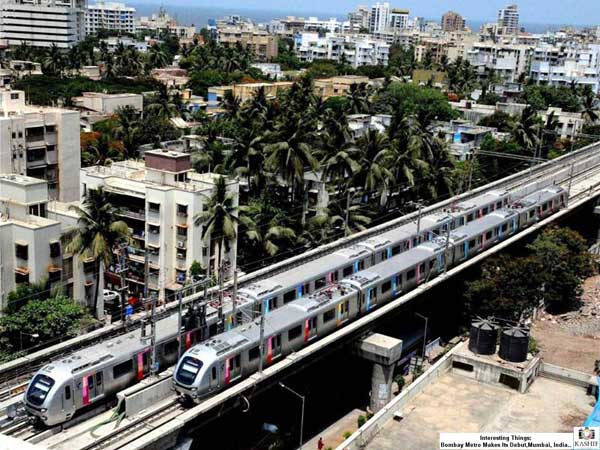Three Simple Solutions to All Our Transportation and Congestion Problems
In most Indian cities, each medium of transport faces challenges of its own; the roads are clogged with traffic jams, public transport is dangerously overcrowded and the lack of footpaths and virtually no cycle tracks side-line pedestrians. The arteries of the city are choked by the automobile that takes away spaces from cycling, walking and the buses. The larger question remains –– what led to the transportation problem being the way it is? The root causes can be identified by a threefold effect of the unintended consequence of land use planning, an overinvestment in the automobile and the lack of synergy between the city’s planning authorities. The answer to these lies in 3 simple solutions:

1. The 15-Minute City:
Ideally, all our cities and towns should be more walkable. We need to work on developing high-density, mixed-use neighbourhoods where one could access all essentials within a 500-metre radius from the doorstep: self-sufficient units with all public facilities and amenities available locally –– from schools and hospitals to gardens to spaces for weekly farmer markets and waste segregation and recycling; units that could be administered with ease and where inhabitants would be able to walk or cycle to work, to school, to shop, and to play. Such ‘smart neighbourhoods’ would reduce travel times and the need for regular inter-neighbourhood journeys, and by corollary, the high levels of carbon emissions and pollution in our cities today.
2. Invest in Pedestrianization and Mass-Transit Modes:
Transport infrastructure development projects in India also point to a larger problem that continues to plague development thinking in India today: an overinvestment in creating infrastructure for cars –– a vestige, no doubt, of Industrial and Post-Industrial urban planning models from the West. In most Indian cities, however, private cars account for a minimal percentage of daily trips despite their high vehicular share, with an overwhelming majority of people using public transport or walking as a means of mobility. Consequently, such car-oriented developments take away both investment and space from mass-transit modes such as buses and railways, and non-motorised private-transit modes like cycling and walking, as well as from the creation of green and open spaces. Imagine, instead, if the INR 12,700 crores earmarked for the Coastal Road in Mumbai, the most expensive road per kilometre in India, were redirected instead to Mumbai’s public transit system –– building an underground metro network, reinforcing the BEST bus fleet, and repairing and widening footpaths for pedestrians? Hence, there is an imminent need to reduce both vehicular development and the usage of vehicles and instead, design for pedestrianization and modes of mass-transit.


3. The Right Planning Process:
To solve the transportation problem, firstly, we need a comprehensive transportation study to examine the existing conditions and accordingly, generate a transit system plan that is reliable, and quick, energy efficient, space efficient, comfortable, efficient cost per seat and expandable. Secondly, while in cities such as Mumbai, the Mumbai Metropolitan Region Development Authority (MMRDA) is responsible for transit planning in addition to its involvement in other infrastructure development plans, it is essential to establish a sole ‘Transportation Authority’ responsible for strategically making commuting more effective, and efficient.


